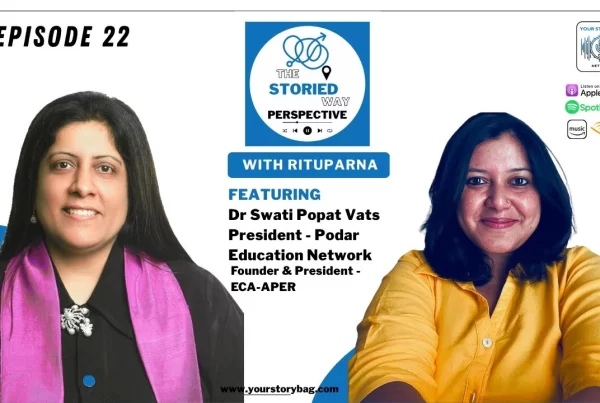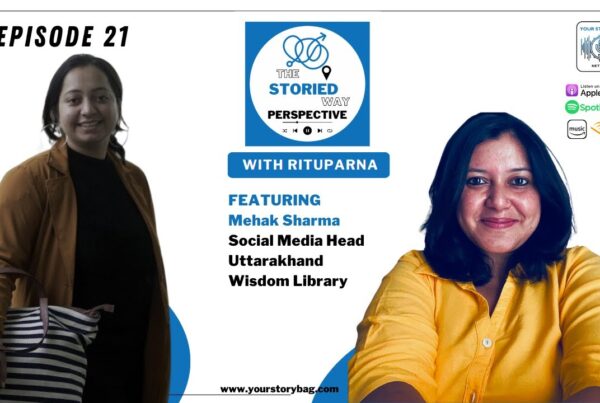In the past decade, we’ve seen the power of young voices transforming global conversations on climate change. From Greta Thunberg’s Fridays for Future to school-led clean-up drives, the youth have become the face of environmental urgency.
But could this energy and activism extend beyond forests and oceans — into our fading forts, forgotten shrines, crumbling stepwells, and silent streets echoing with lost stories?
So what happens when we turn this lens to heritage?
In a recent conversation with Nitika Arora of Darwesh Heritage Walks in Delhi, we explored this idea. For over a decade, Darwesh has done far more than conduct walks — they have crafted immersive, participatory storytelling experiences rooted in the city’s layered past.
Their method? Not just dates and dynasties. But drama, dialogue, performance, poetry, and play. They blend researched narratives with theatre, oral histories, music, and interaction — transforming history from a subject to a sensory experience.
This is storytelling not just as education, but as activation.
Because when a story touches you — you remember it. When you’re invited to tell it — you take ownership. That’s when the shift begins. From audience to advocate.
And yet, Nitika reflected, a gap remains. While schools are willing to engage with heritage as a theme, very few are using storytelling as a tool for activism. Where is the next step? Can children move from listening to leading?
Imagine this:
- A class adopts a lesser-known tomb in Delhi and starts collecting oral stories from the nearby community.
- They turn those into a street performance or a social media campaign.
- They create comic books, reels, podcasts — not to preserve stone, but to protect story.
- Their campaign catches the attention of local officials or the press.
- And slowly, a sense of belonging builds around a neglected site.
We’ve already seen how storytelling activates environmental consciousness. Now, it’s time to use it for cultural consciousness.
The Aga Khan Trust for Culture has shown the power of community restoration, especially in the Nizamuddin Basti area. But what if the storytellers leading the next round of preservation weren’t architects or historians — but students, artists, residents?
When children tell the story of a fading monument — not as a relic, but as a living thread in the city’s fabric — they weave themselves into it. They stop being visitors. They become heritage warriors.
Because a story doesn’t just preserve the past. It shapes the future.
And then, there is the greater question…
-
Why should our children care about the past when we have failed to do it in our lifetimes?
-
Why do we want our children to preserve and restore a forgotten ruin when we have failed to restrict its encroachment and destruction?
-
Why should we want to restore an asset from the past when there is no way to make it a ‘valuable’ asset in the present or future?
Storytelling doesn’t have all these answers.
What it does is bring these questions into our consciousness and compels us to answer them.
To know how Darwesh Heritage Walks uses Storytelling, watch the episode






